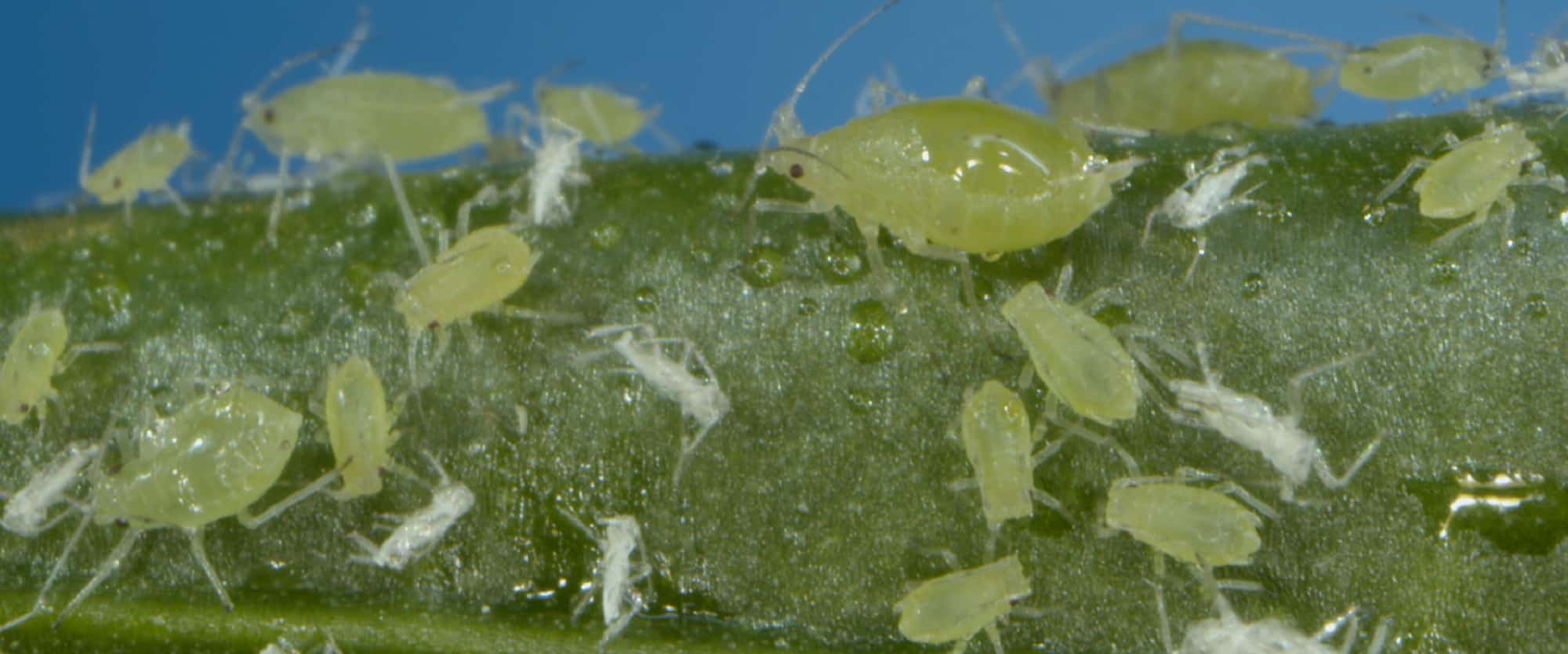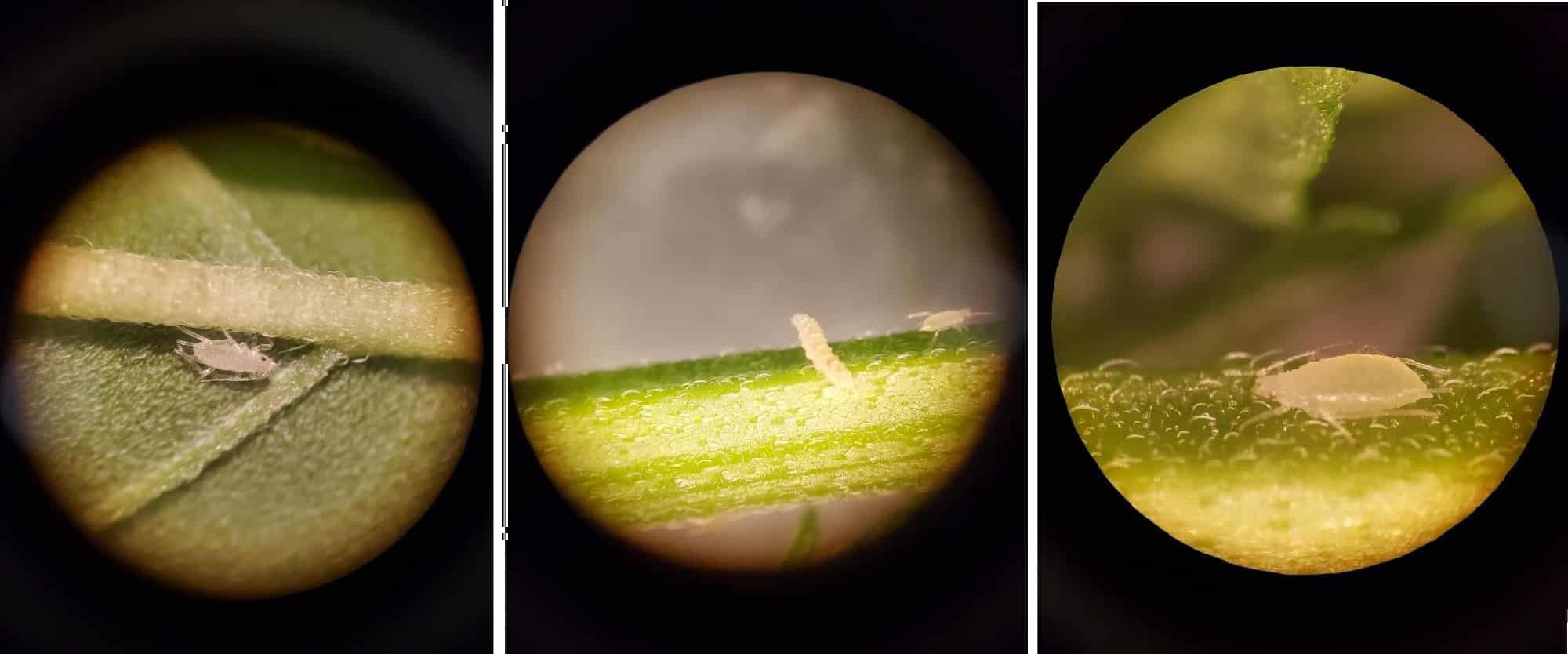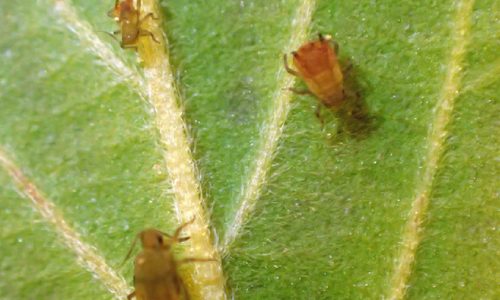Species Matter (when choosing aphid predators)!

The species of aphid you have will determine the predator you need. For example, parasitic wasps are very specific in their prey preferences, while generalist predators like lacewings and gall midges will eat a wide variety of aphid species.
If you are unsure of the species of aphid you have, it is best to use a generalist predator or a mix of parasitoids. This will give you the best chance of controlling the aphid population.
Here is a brief overview of the predators of aphids:
Parasitic wasps: Parasitic wasps lay their eggs in or on aphids. The wasp larvae then hatch and eat the aphid from the inside out. Parasitic wasps are very specific in their prey preferences, so it is important to identify the species of aphid before using this predator.
Lacewings: Lacewings are both larvae and adults are aphid predators. The larvae are especially voracious and can eat hundreds of aphids in their lifetime. Lacewings are generalist predators, so they will eat a variety of aphid species.
Gall midge: The gall midge larvae are aphid predators. The larvae lay their eggs in aphid colonies and the larvae that hatch feed on the aphids. Gall midges are generalist predators, so they will eat a variety of aphid species.
When choosing a predator, it is important to consider the following factors:
- The species of aphid you have
- The size of the aphid population
- The stage of development of the aphid population
- The environmental conditions in your grow space
It is also important to note that predators are not a magic bullet. They will not eliminate an aphid population overnight. It takes time for predators to establish themselves and start reducing the aphid population. However, predators can be a very effective way to control aphid populations over the long term.
If you are having trouble controlling aphids in your garden, contact us today! We can help you identify the species of aphid you have and develop a control plan that is right for you!




